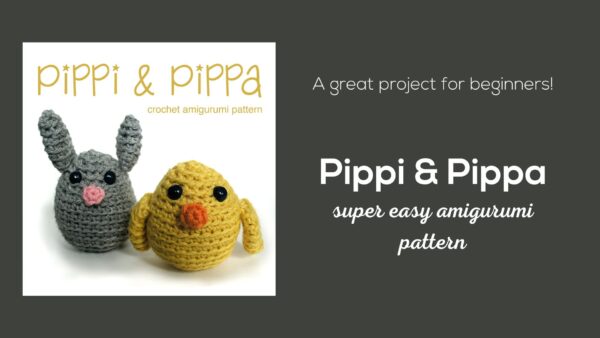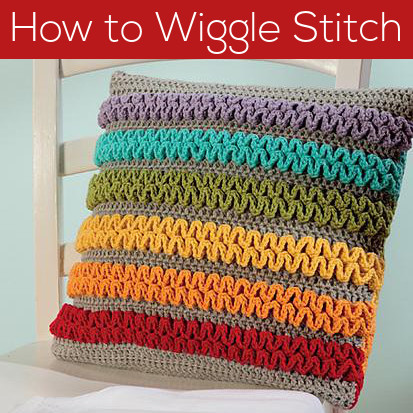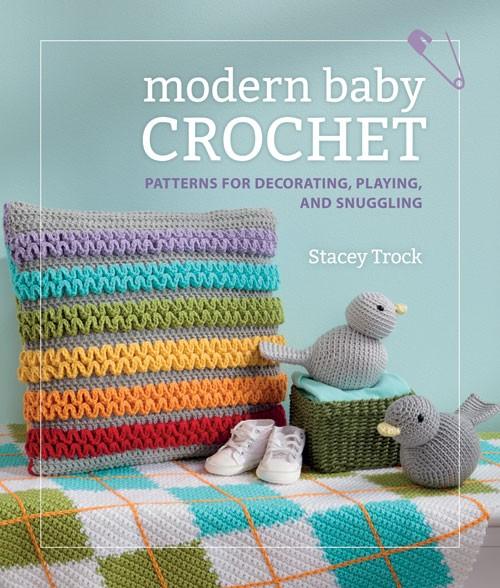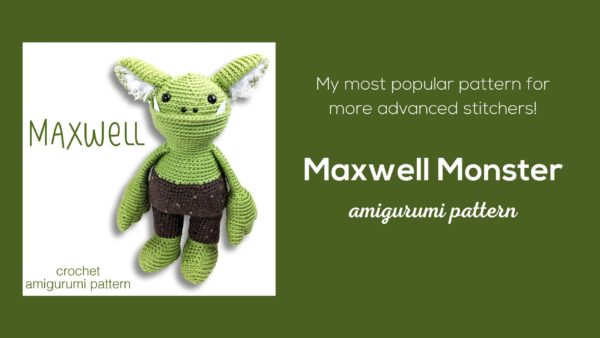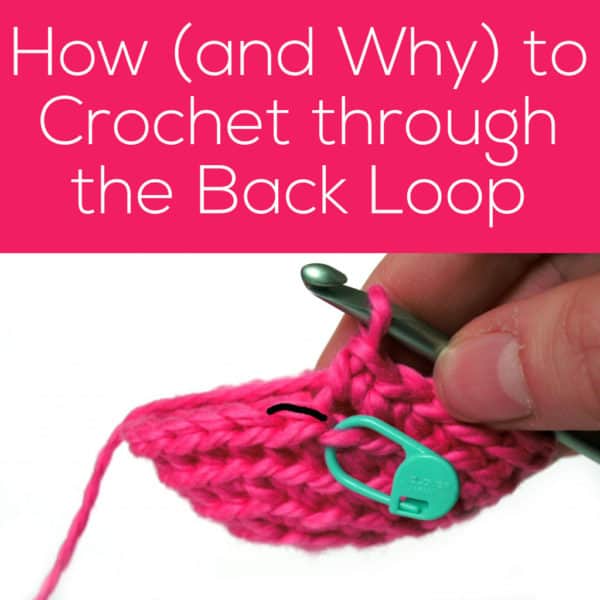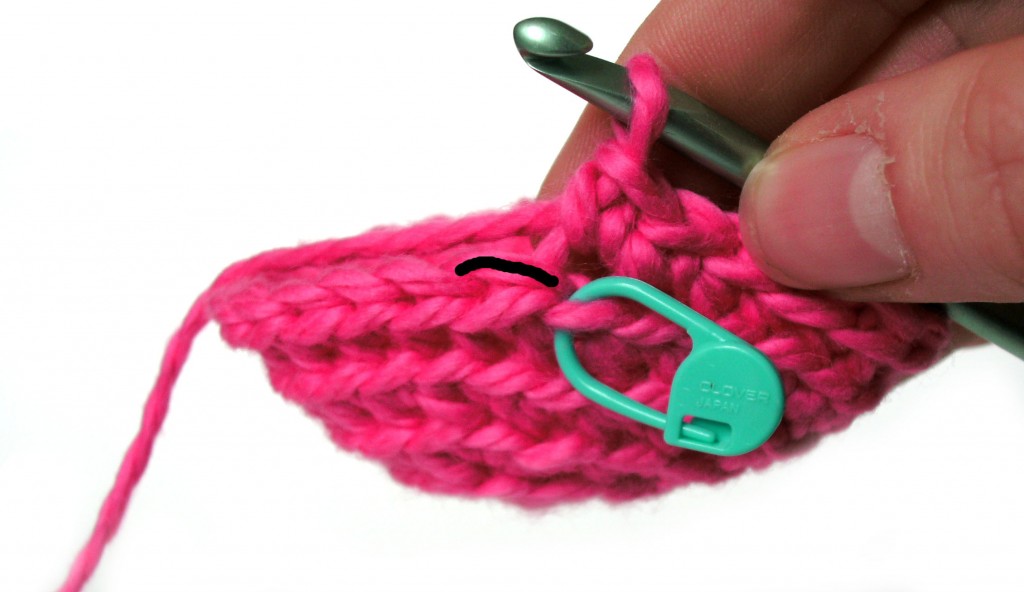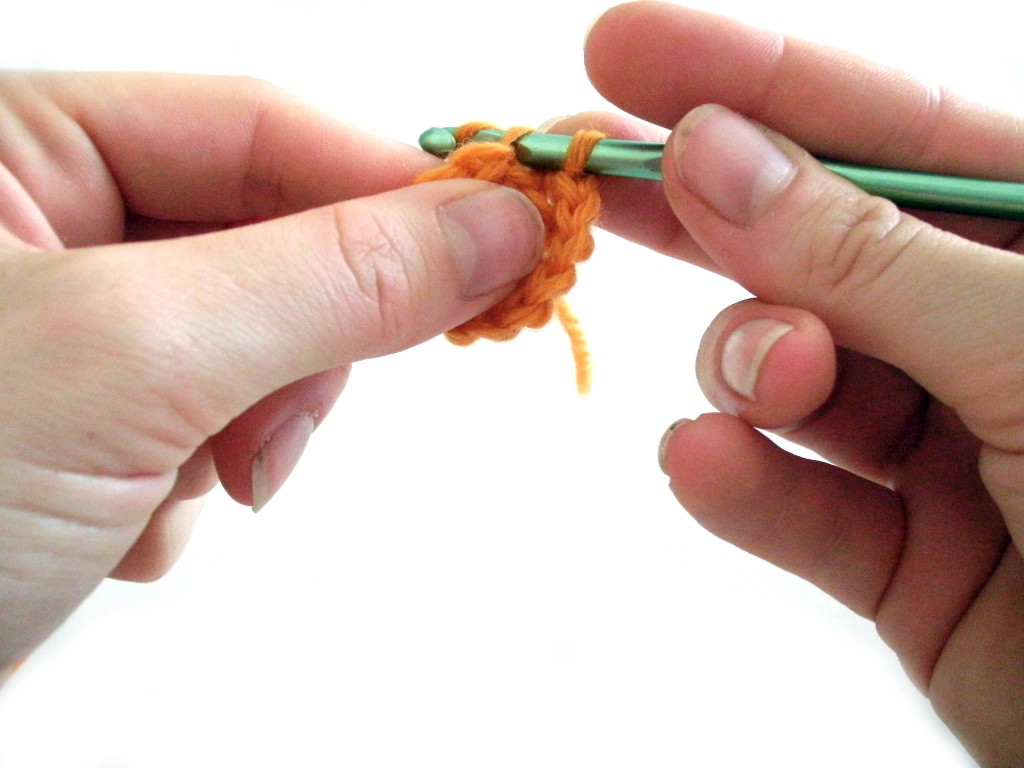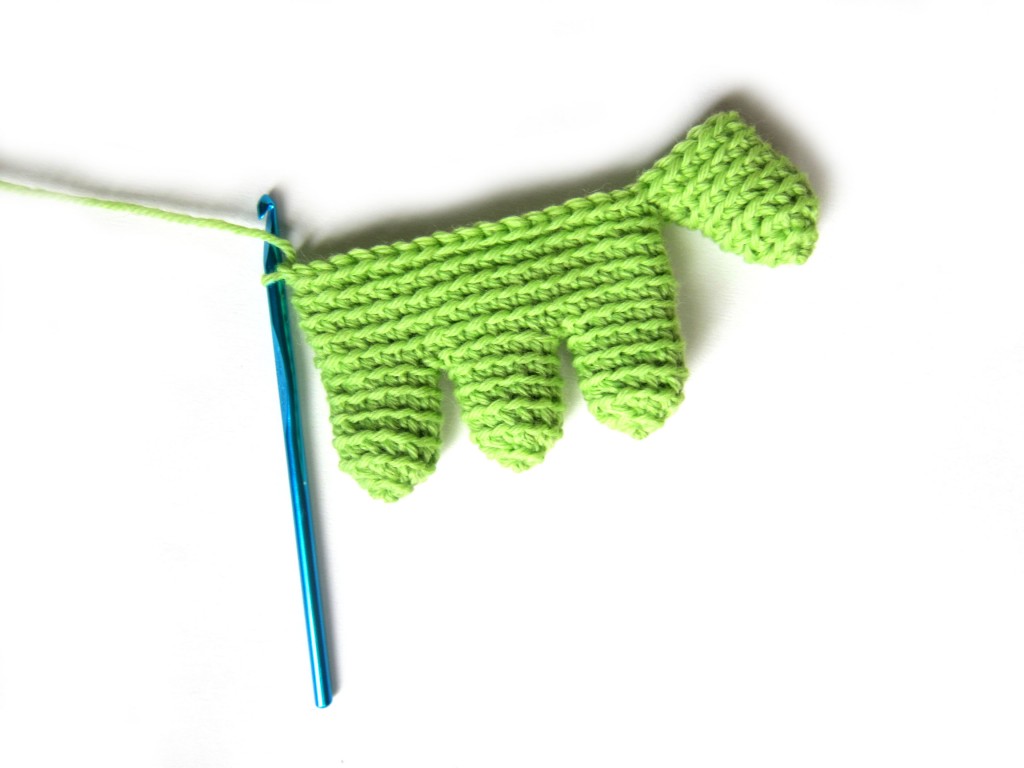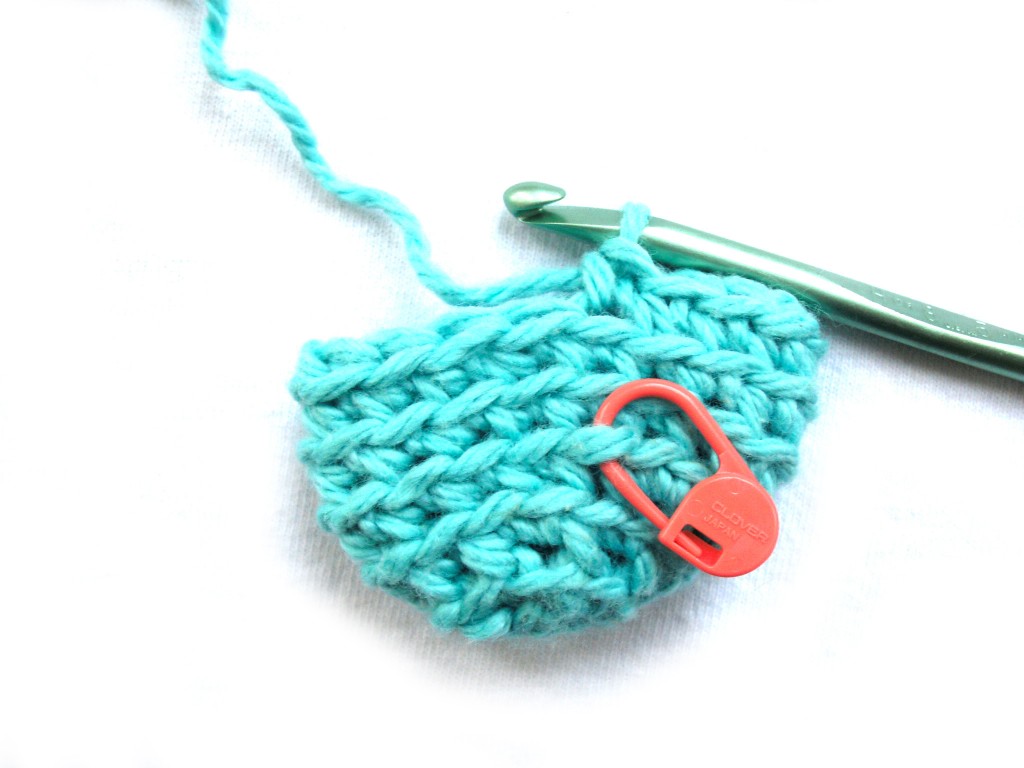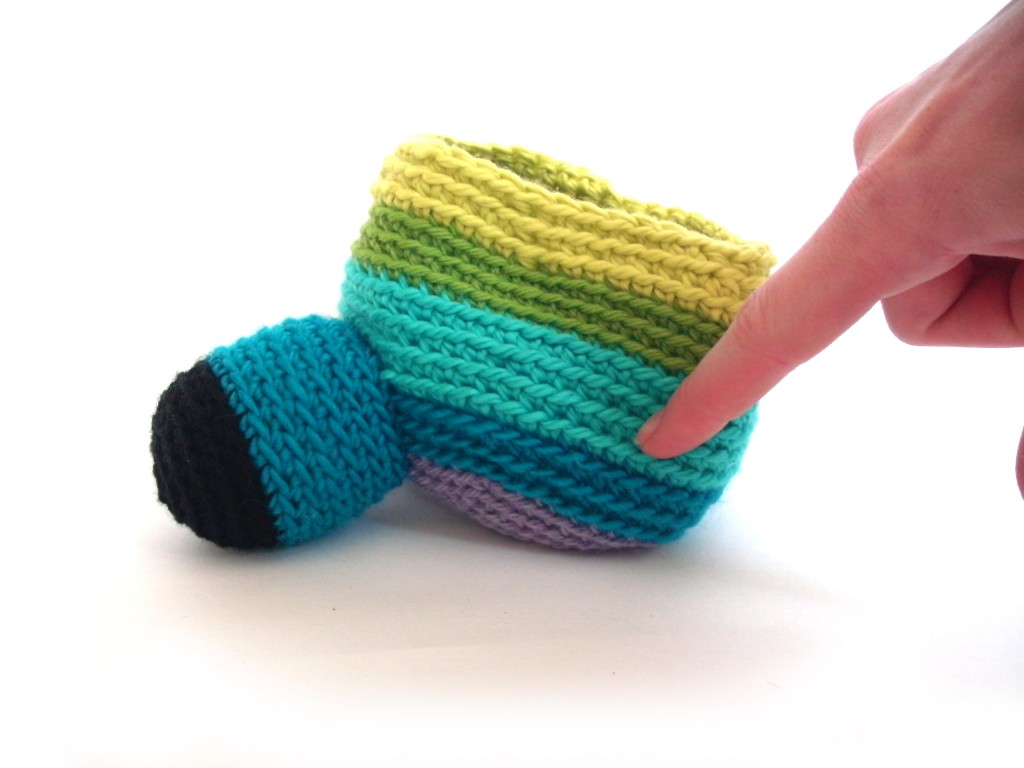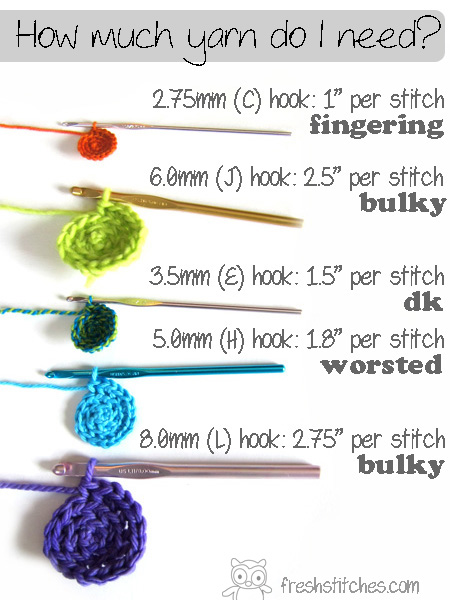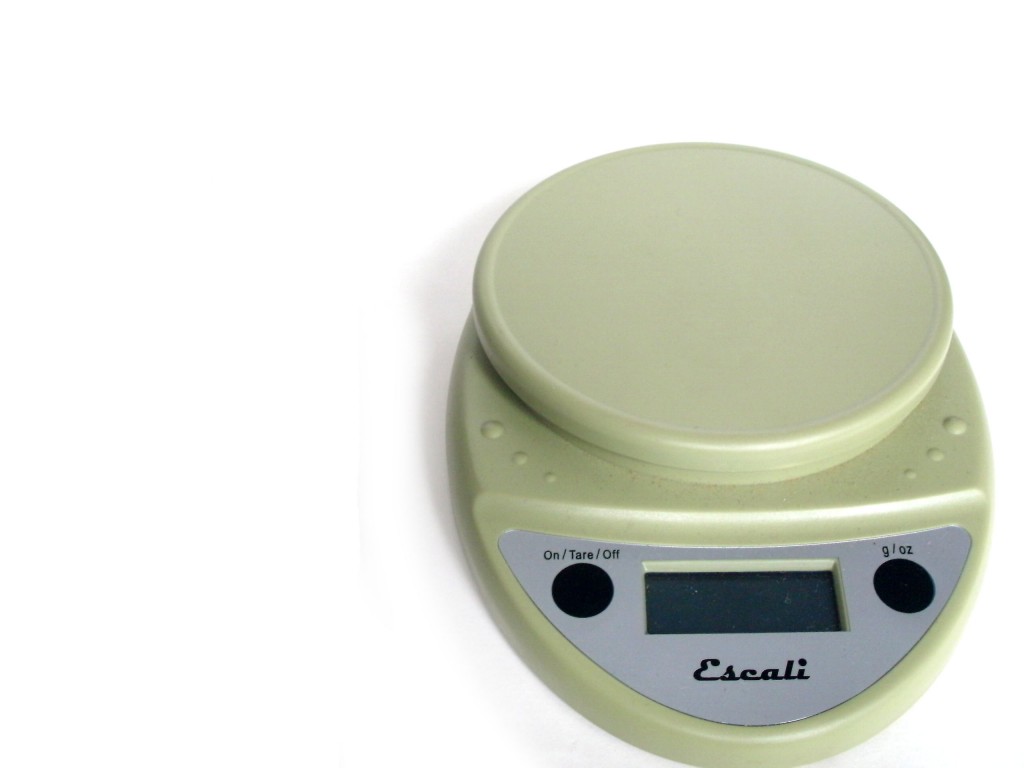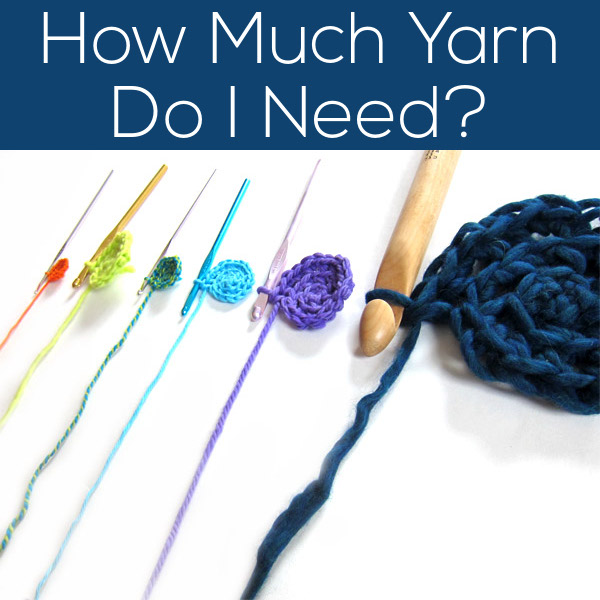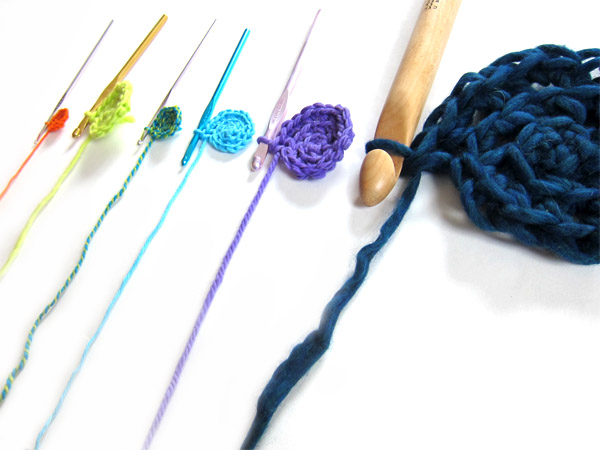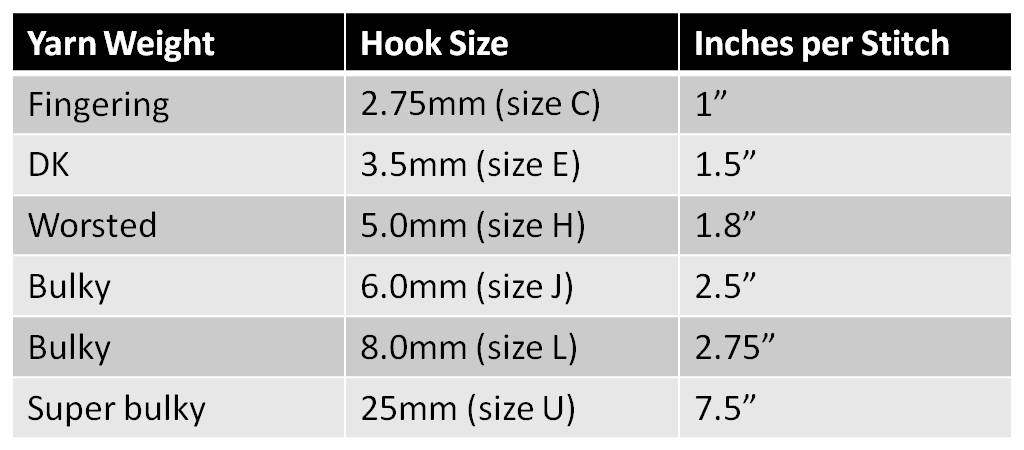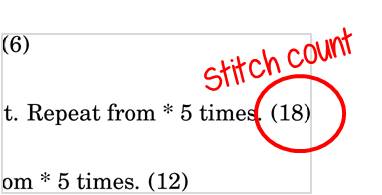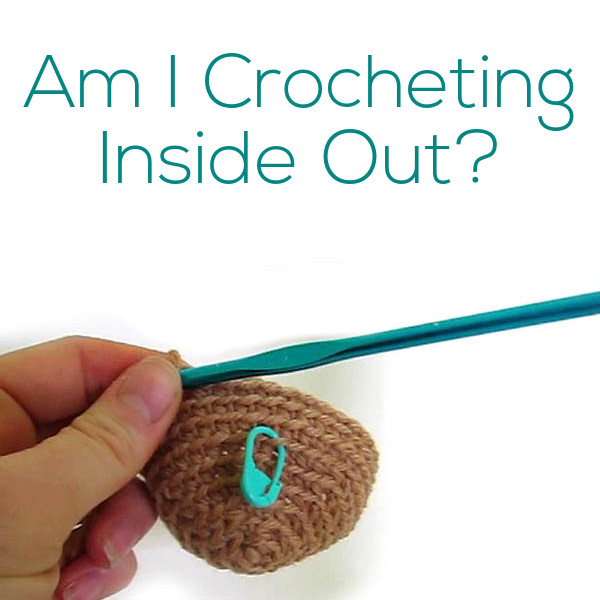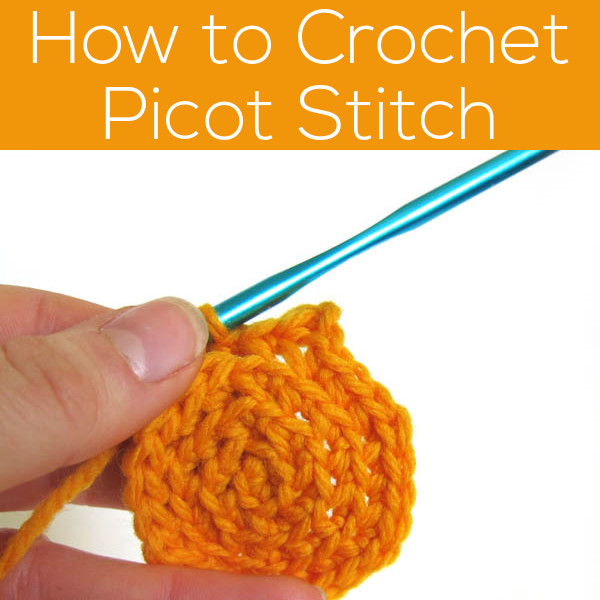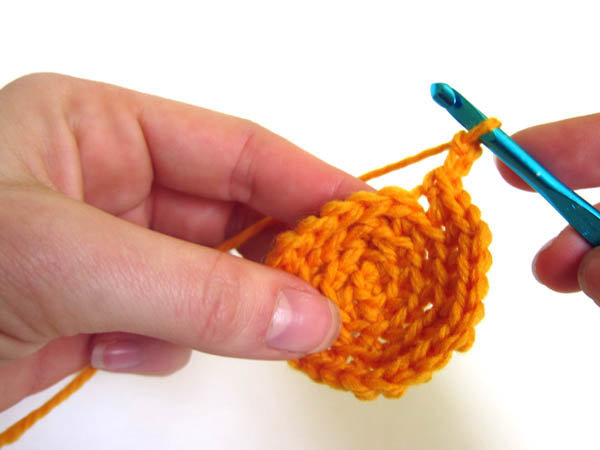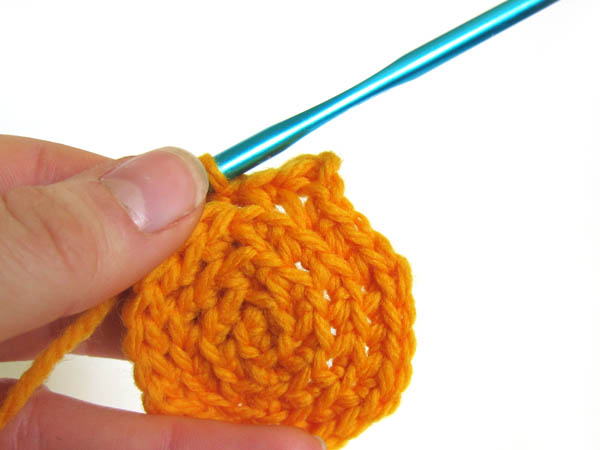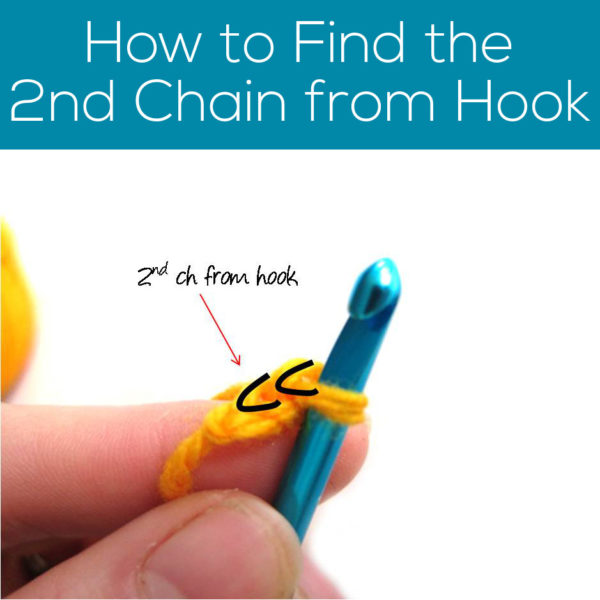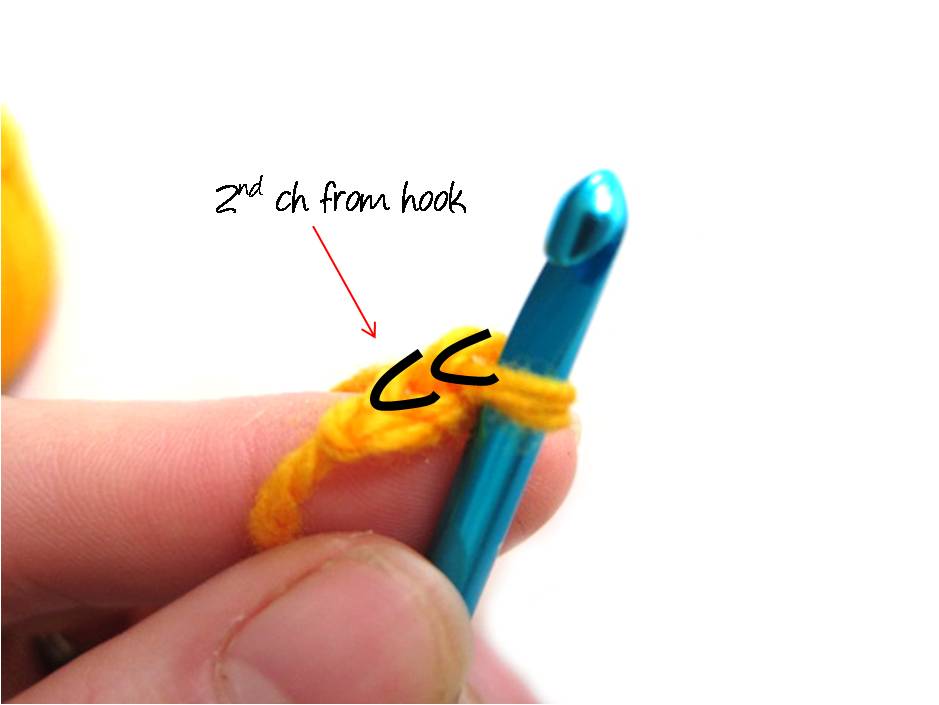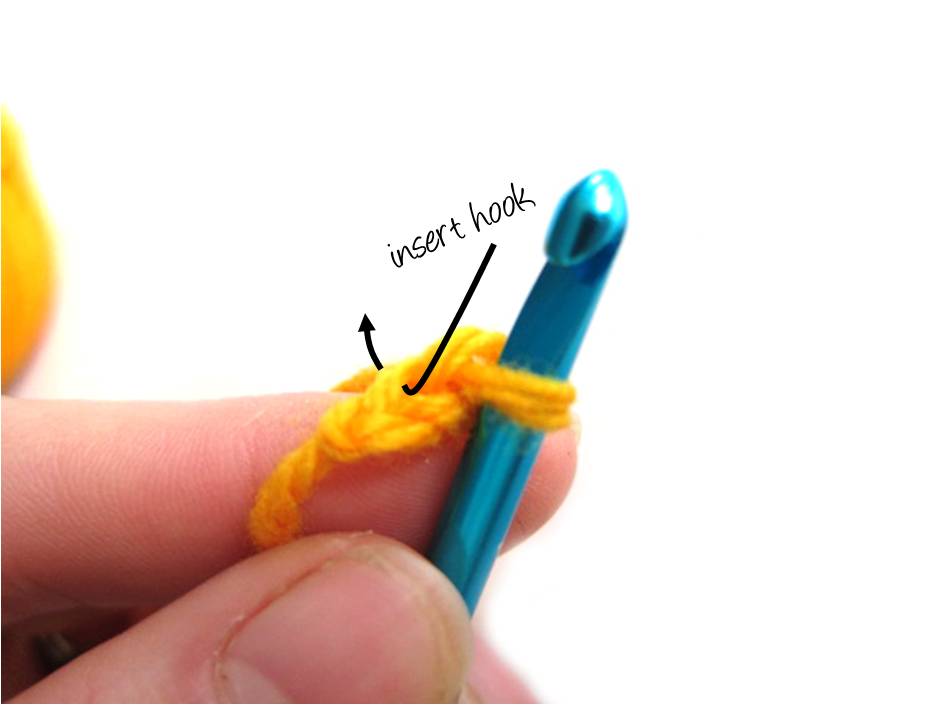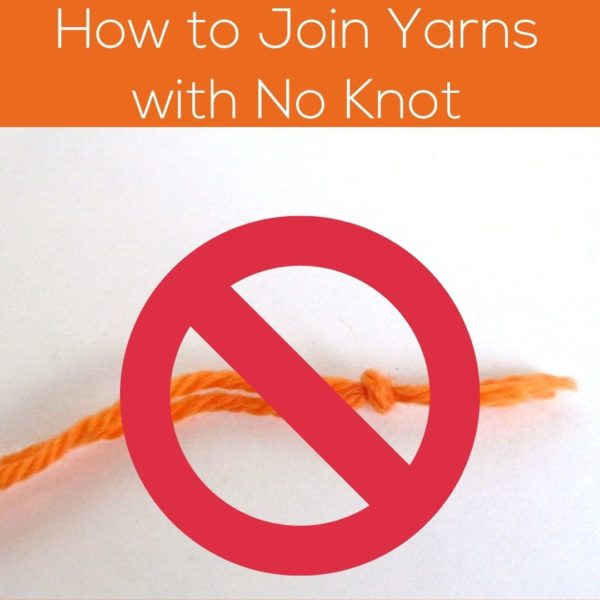
Today, I’m going to show you my 3 favorite ways to join a new yarn without tying a knot. These techniques can be used:
- When you’ve run out of yarn, and want to join a new ball of the same color
- To change to a new color according to the pattern (although the color change won’t be as clean as with this color change technique)
- To add new yarns when you’re making a scrappy project- great for leftovers!
Russian Join
The Russian Join allows you to connect all of your yarns before you begin crocheting. You’ll want to check out this tutorial for a full how-to.

This technique is great if you have a lot of small pieces of yarn. You can join them in advance and then just keep crocheting! The result in joining up little pieces is a fabulous magic ball!
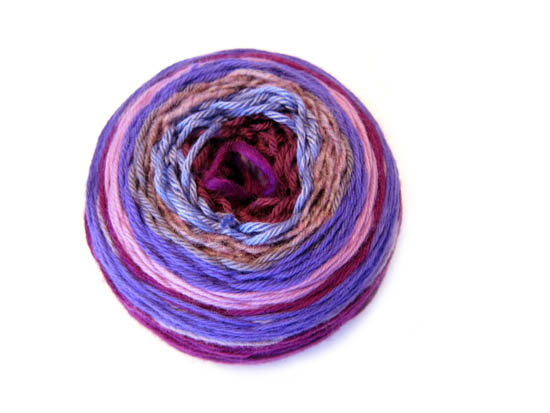
‘Double Up’ Join
This is the technique I usually use when crocheting. You basically crochet a stitch or two with both your old and new yarns, then drop the old yarn and continue with just the new yarn. It’s very secure and quick. Visit this blog post for details!
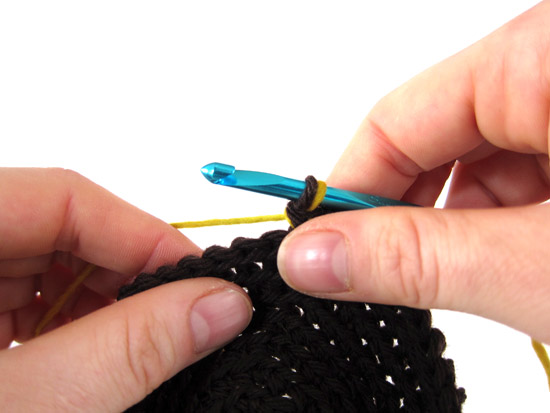
The disadvantage is that those couple of stitches are a little thicker (due to the 2 yarns), but that doesn’t bother me much!
Spit Splice
This technique is the cleanest, but only works for wool yarns. And yes, you use spit! Read the full tutorial here.
This can be done either in advance or while you’re crocheting.
Which is your favorite?
Or do you prefer to tie a knot? It’s okay!
If you’re going to tie a knot, I recommend the following:
- Tie the knot as you go, not in advance with the yarns
- Start crocheting with your new yarn, then tie the knot after you’ve done a few stitches
I show how to do that in this tutorial.
Happy stitching!

Here are handy links to all the posts about yarn. . .
- How to Join Yarn with No Knot
- 3 Ways to Join Yarn without Tying a Knot
- What to Do If There’s a Knot in Your Yarn
- How to Work with Eyelash Yarn
- How Much Yarn Do I Need?
- How to Calculate Yarn Weight from Length
- How to Make a Magic Ball
- How to Use a Ball Winder
- Using a Nostepinne Replacement to Make a Center-Pull Yarn Ball
- How to Make Yarn from Fabric Strips
- Dye Yarn with Wilton Icing Dye
Return to the main table of contents for Let’s Learn to Crochet Amigurumi.
Move on to the lessons for the basic crochet stitches.
Happy stitching!

